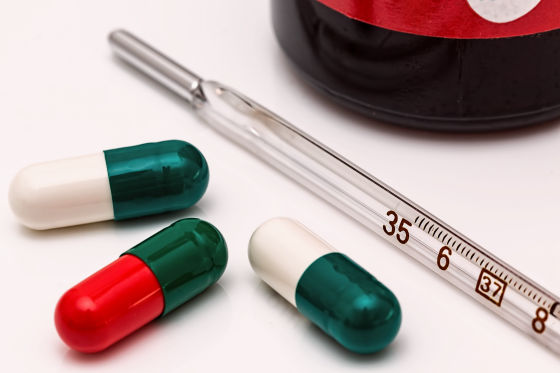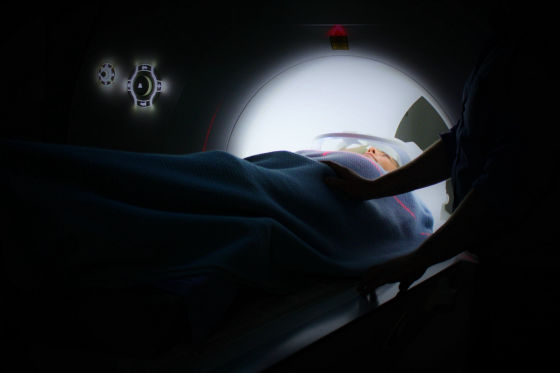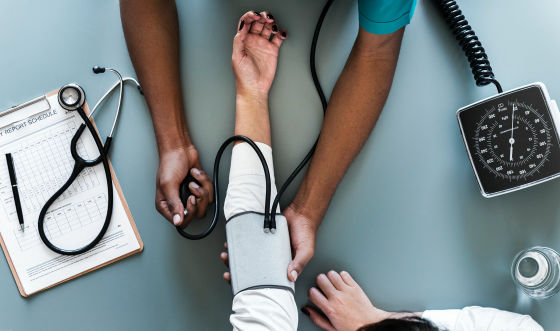Why do doctors reject new medical tools?

by rawpixel.com
Medical care is progressing day by day, new technologies are being adopted more and more, but there are doctors who reject new tools. This happened not only now but also when a thermometer appeared. Gina Siddiqui, who actually works as a doctor, talks about why doctors reject new technology and the appearance of doctors in modern medicine in which AI and computer technology are incorporated.
Why Doctors Reject Tools That Make Their Jobs Easier - Scientific American Blog Network
https://blogs.scientificamerican.com/observations/why-doctors-reject-tools-that-make-their-jobs-easier/

In 1717, when German engineer Gabriel Fahrenheit moved to Amsterdam, he introduced his latest thermometer to her doctor Hermann Bohlhäfe . Boulhave liked this thermometer and suggested that it be useful for diagnosis and treatment, but the doctors at the time did not welcome this method. The idea of deciding diagnosis and treatment by heat was accepted, but what was important was considered "quality" of fever. French doctor Jane Charles Gurimo criticized, "The thermometer will change my observation to just a number." It was thought that such difference in "number" is not important in treatment.
Grimo's idea was what many doctors of those days had. Physicians think that they can obtain a lot of information by touching the patient with their own hands and doctors hated the glass tools over the past hundreds years.
However, researchers wanted to find the law of reproducibility in pharmacology, so we carried patient dissemination activities patiently.
In 1851, Dr. Carl Bunderrich of Leipzig University Hospital began recording his own temperature record. On the record of 100,000 people, several million times, Dr. Bunderrich published a book titled "On the Temperature in Diseases: a manual of medical thermometry" (medical temperature in the disease: medical thermometer manual). The standard that leads to the present age is "established by the doctor of Bunderrich" that "average human body temperature is 37 degrees, it is in a normal state before or after this, but there is a fever when it is over 38 degrees". Doctor Bunderrich thought that it was easier to predict disease progression if defined by "number" rather than sensation. And with this book's announcement, doctors holding "judgment of fever by quality" were forced to change.

by stevepb
The influence of this book is great, and although it was thought that using a thermometer to represent the incapacity of a doctor until then it was thought that a doctor who does not use a thermometer is incompetent after 1886 Thing. An American doctor told that "data obtained just by putting his hands on the patient's body is incorrect and not worthy of trust" appeared. Gradually, not only the doctor but also the patient's way of thinking changed, he says that he began asking, "Can not put glassware into the mouth?"
In the 19th century medical form changed drastically, blood tests, use of microscope, X-rays etc also appeared. In modern times, treatment is systemized, and modern medicine is developed to target specific bacteria and specific organs.
When a patient is asked for a new method rather than the therapy that I have believed so far, the doctor can not perform treatment without sufficient understanding. There is a possibility that blood tests and body temperature measurements made by nurses and not doctors themselves may create problems or the role of doctors themselves may be replaced by nurses. It is not hard to imagine that such various ideas crossed the doctor's head.
At that time, the thermometer, which exists only in university hospitals and took 20 minutes to measure, is now spreading to general households in modern times. However, it did not mean that the doctor was not required. If a lot of people have fever ask the doctor for explanation, and even if there is no fever, doctors are asked to see anything and seek identification of the problem.
The same situation as at the time the thermometer widespread, still exists. In modern medicine microbeams are examined, MRI scans are performed and testosterone values are tested. CT scans evolved more cheaply, faster, more accurately, in a form with less radiation, and the cecum, which had been studied with palpal palpation until then, can be detected in a short time without pain It was.

by Ken Treloar
Some people bless this as 'advancement of medical technology by technology', others are not. The assertion is that there are conditions of illness and health that are regarded as absent in automated and systemized medical practices that do not require actually touching the patient or listening to the patient's story firmly. However, it is true that there are diseases that medical devices can not detect, but it is also true that diseases that can not be detected by human hands exist at the same time.
Grimaud, a physician who disliked the clinical thermometer, said that "the quality of fever that causes fever is only perceived by a highly trained physician's palpation, not by the method by the tool", but in the modern day the doctor who takes this claim It exists.
Much of the child's fever is a normal cold, not a concern, but in 10,000 cases there are children with lethal infectious diseases. Such children need treatment with antibiotics and ICU.
Physicians in the US and Philadelphia conducted experiments with humans and machinery on whether this "one in ten thousand patients" could be selected. As a result, experienced doctors were able to distinguish such patients with a probability of three quarters. To further reduce the overlook, the hospital used a quantitative algorithm to determine "which fever is dangerous" from electronic medical records. Then, the algorithm was able to detect 9 serious infections in 10 people, while false positives were ten times as much as human beings.
So while accepting the use of algorithms, Philadelphia hospitals will allow physicians and nurses to acquire 'highly trained palpation' before diagnosing that they are fatal infections and intravenous injections to children I have decided to make a good investigation. Although the probability of detecting an unusual infectious disease that is fatal if it is single unitary is 86.2%, when it is combined with human diagnosis, the probability has increased to 99.4%.

by rawpixel.com
It should not be a doctor who performs light tests using medical equipment and inadvertently follow the results of the examination and will not frighten shoulders when undesirable results come out. Human doctors' judgment may be slow, inaccurate and biased compared to computers, but unlike computers that can only do what they are programmed, humans can perceive without restrictions. Siddiqui said that it is his role as a doctor to find a new phenomenon that technology does not yet know, a new answer.
Related Posts:
in Note, Posted by darkhorse_log







